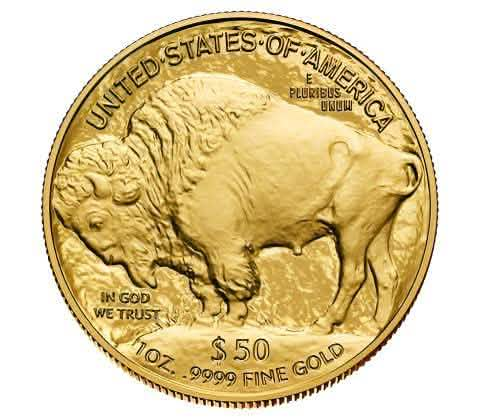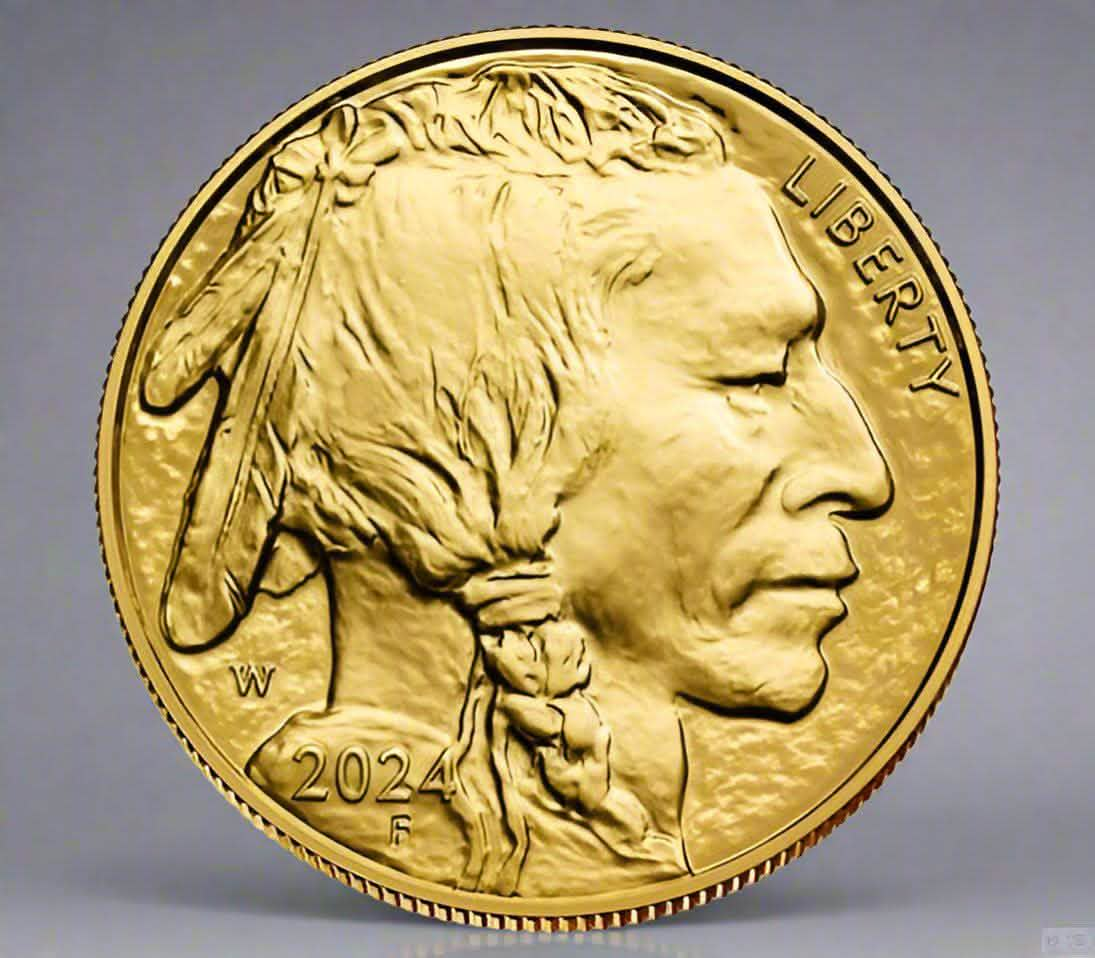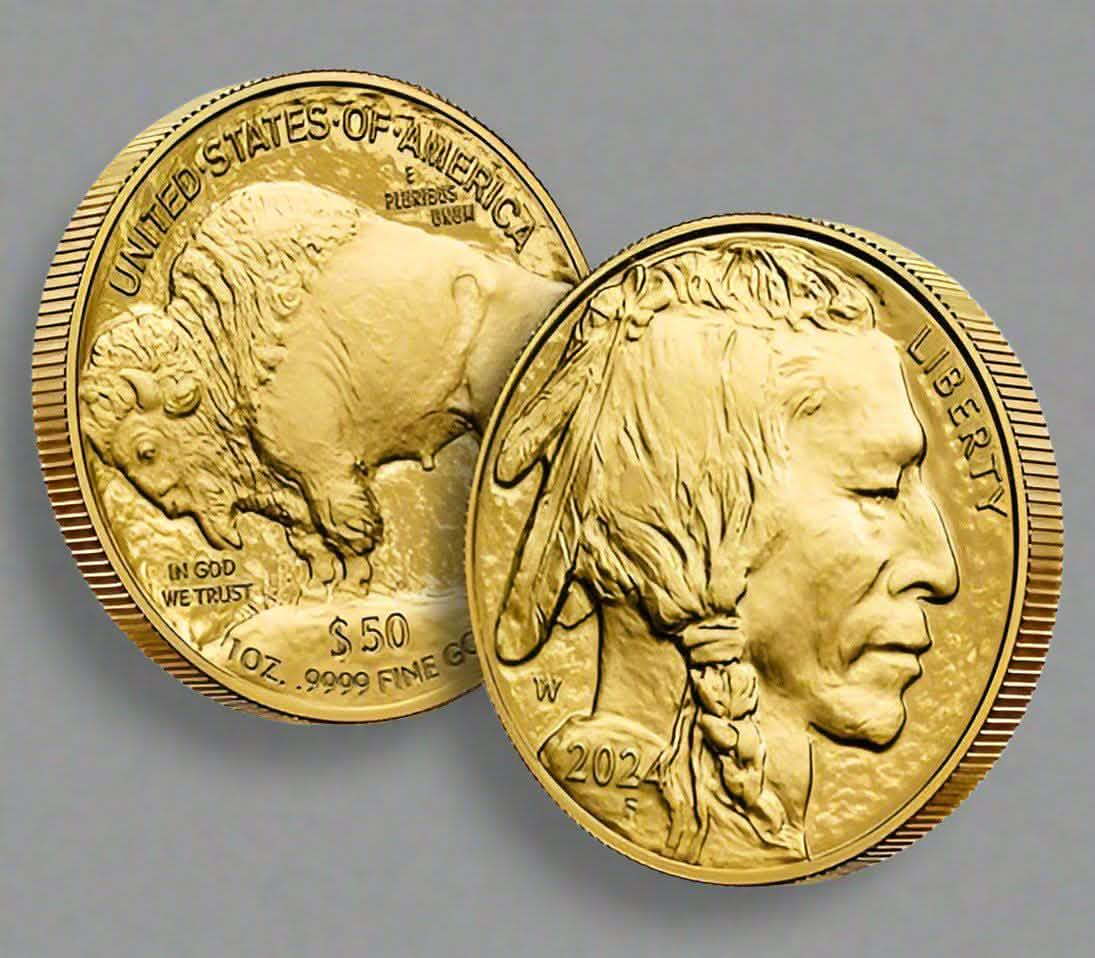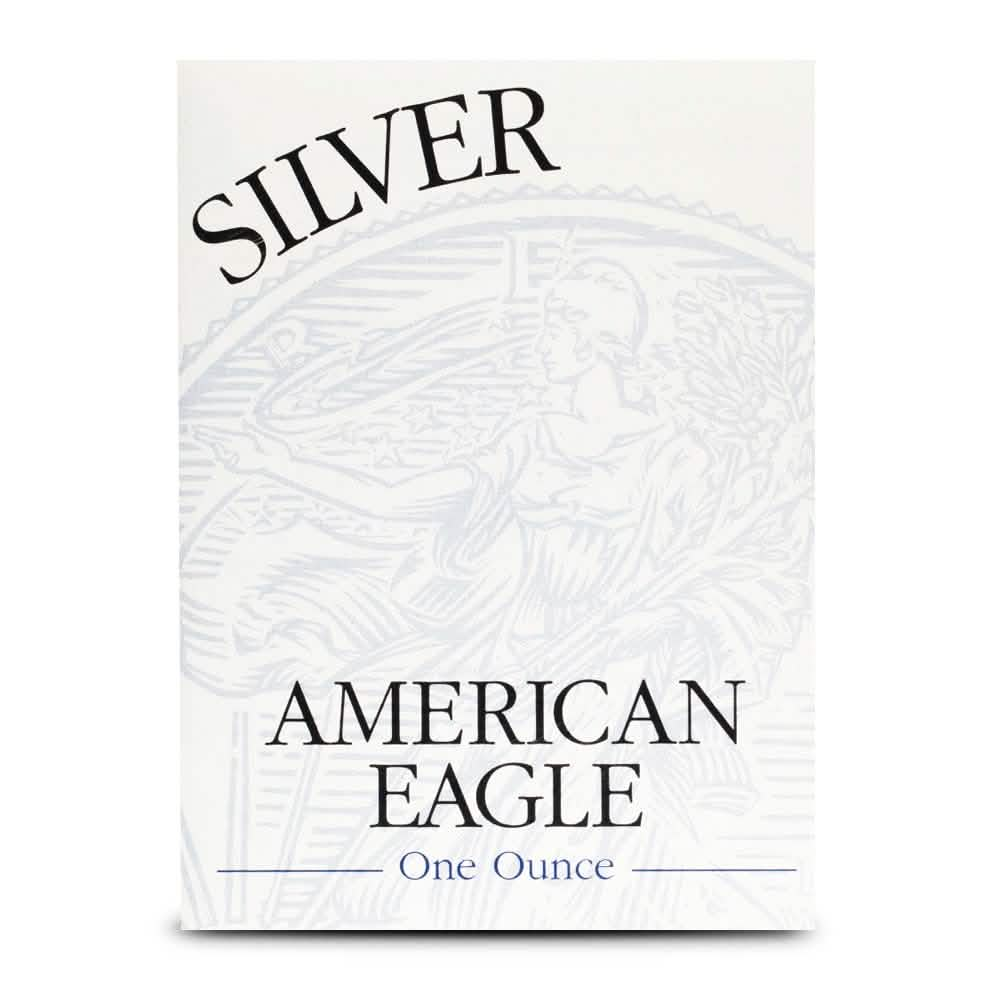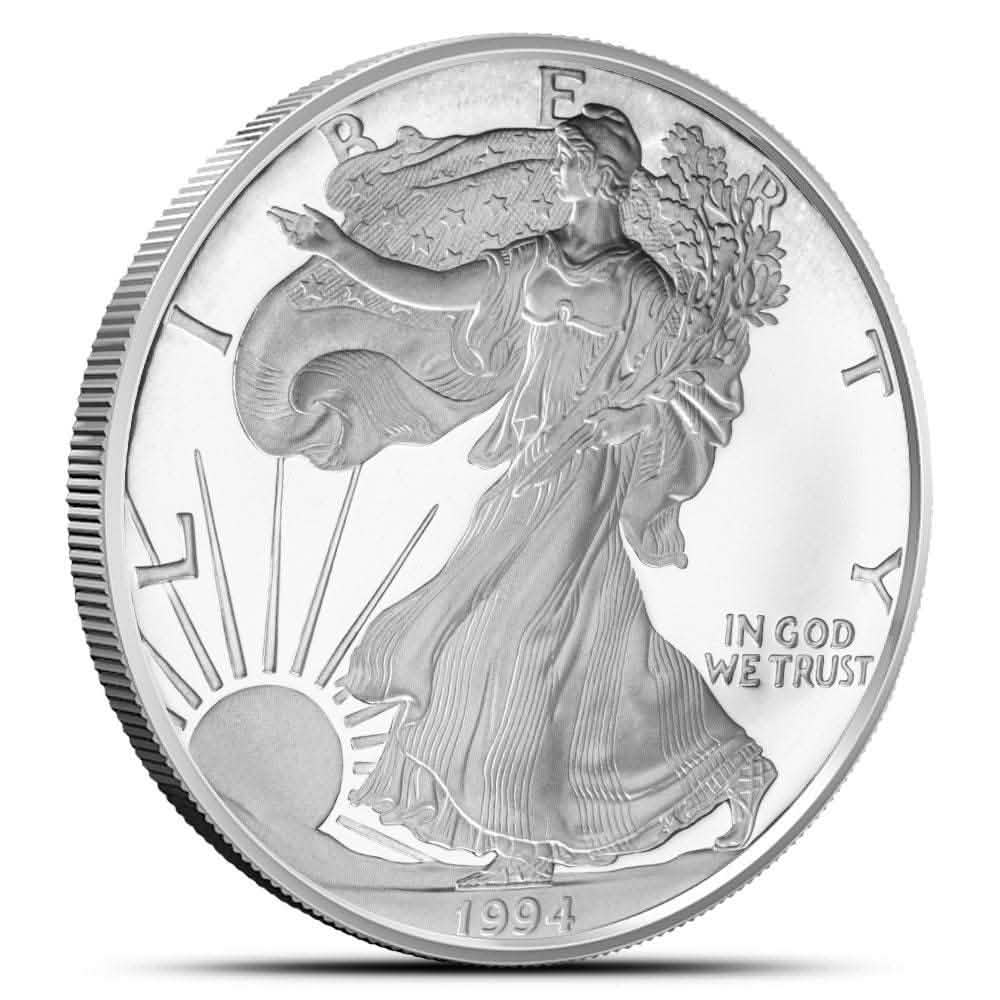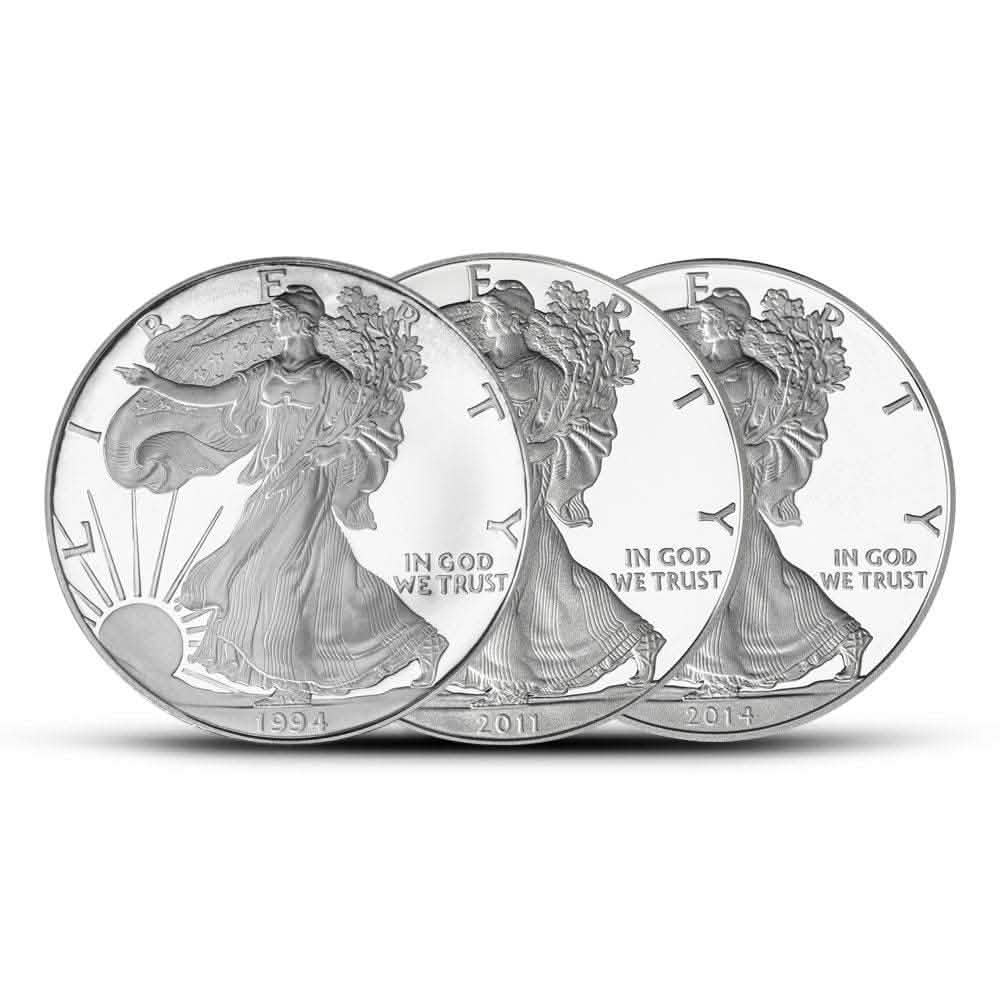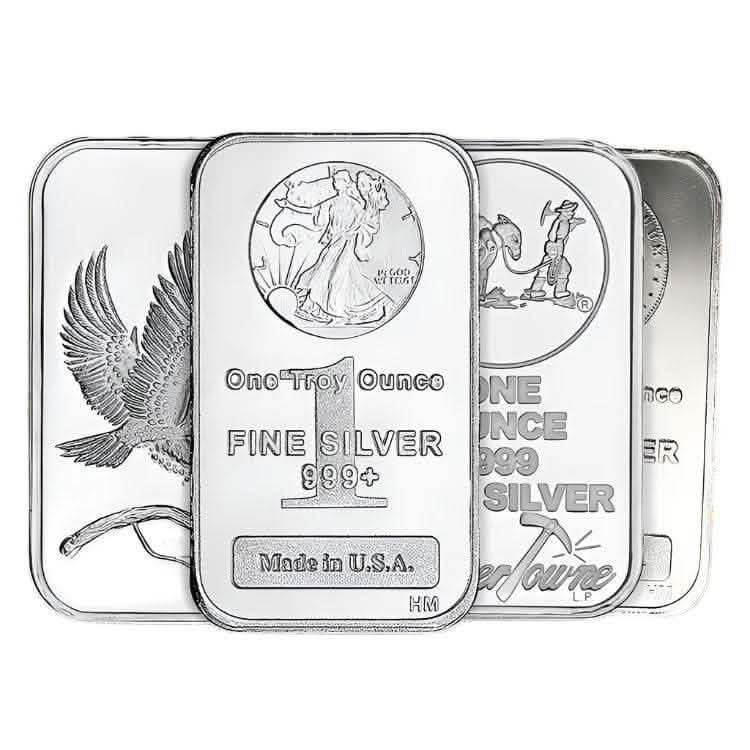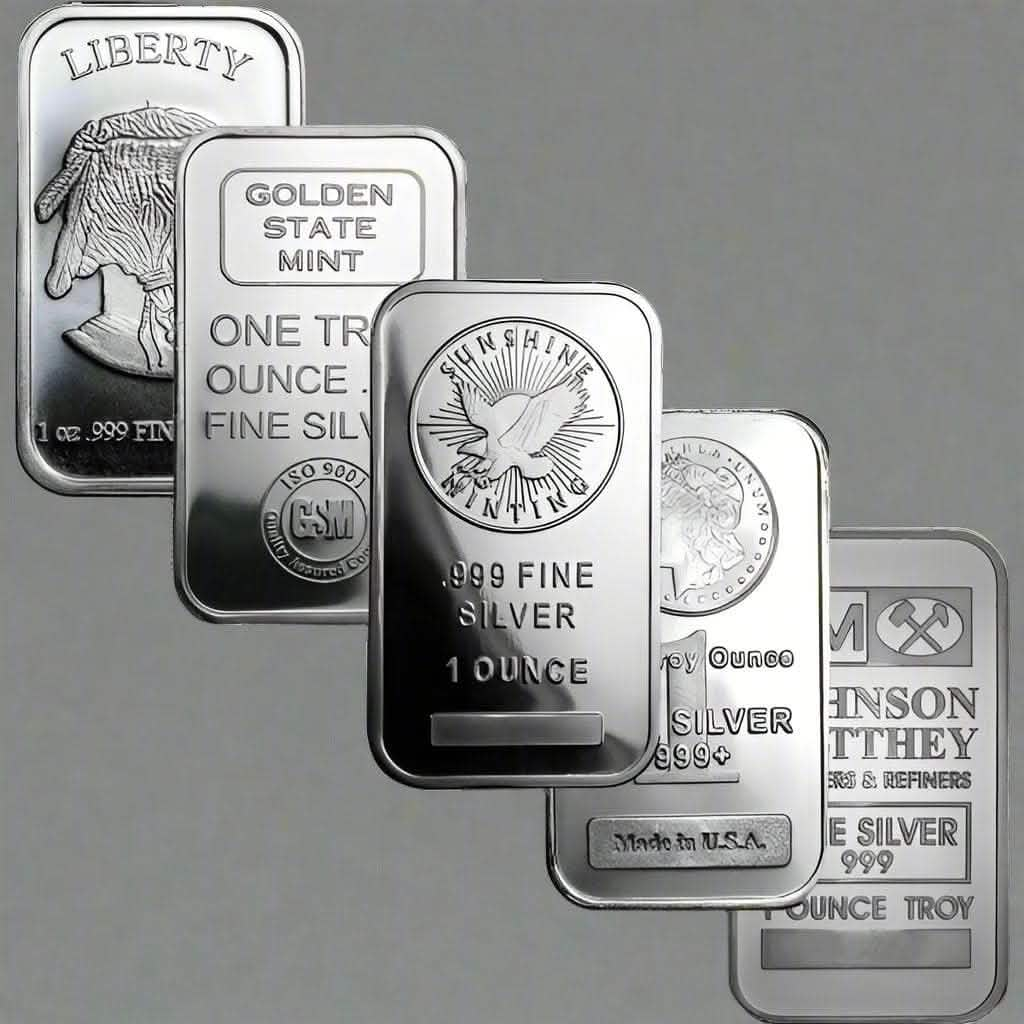Gold has long been regarded as a beacon of wealth, security, and stability. But what happens when its value starts climbing rapidly, making headlines across the globe? The recent surge in gold prices has captured the attention of investors, financial analysts, and enthusiasts alike. This listicle will guide you through the key factors driving this trend, its historical precedence, expert insights, and tips for navigating this glittering yet volatile market.
1. Factors Behind the Surge
Economic Instability Fuels a Flight to Safety
When traditional markets teeter, gold often emerges as a haven for investors. Recent global events have shaken economic stability, including vulnerabilities in the banking sector and fears of an impending recession. These uncertainties push many investors to turn to gold, which has a long historical reputation as a refuge for wealth preservation.
For instance, as Peter Schiff boldly stated, “Gold is real money; everything else is credit.” This sentiment underscores why economic turbulence tends to drive investors toward gold.
Inflation Fears Spark Renewed Interest
With inflation rates climbing worldwide, the purchasing power of fiat currencies like the dollar diminishes. Gold, on the other hand, maintains its intrinsic value during inflationary periods. Central banks stockpile gold at record levels to hedge against inflation, contributing to its skyrocketing demand.
Geopolitical Tensions Boost Demand
Gold is often seen as a safe asset during tense international relations. Events such as ongoing tensions in Eastern Europe, trade wars, and political instability in major economies make gold a go-to asset for countries and investors looking to protect their portfolios from uncertainty.
2. Historical Lessons from Gold’s Performance
The current surge in gold prices isn’t unprecedented. Historically, gold tends to thrive during periods of global crises. For example:
- The 2008 Financial Crisis saw gold prices jump from around $800 per ounce to $1,200 per ounce in just two years.
- The 2020 COVID-19 Pandemic caused another surge, with gold reaching an all-time high of $2,067 per ounce.
These patterns reveal that during times of upheaval, gold often outperforms other asset classes, making it a reliable store of value.
3. Predictions and Opportunities for the Future
What the Experts Say
A renowned economist, Jim Rickards, predicts that gold may soar past $5,000 per ounce in the long term due to its scarcity and increasing demand from central banks and private investors. Similarly, legendary investor Warren Buffett has cautiously pointed out that while gold doesn’t produce earnings, its demand as a hedge against economic fears remains a critical factor in its price movement.
Golden Investment Strategies
The upward trend presents a unique opportunity for investors. Here are some practical ways to benefit:
- Diversify with Gold ETFs or Stocks: Exchange-traded funds (ETFs) or gold mining stocks can provide exposure to rising gold prices without purchasing physical gold.
- Invest in Bullion: Physical gold, such as coins and bars, is a traditional yet effective way to ensure asset security.
- Consider Gold Futures: For experienced investors, gold futures and derivatives offer a chance to capitalize on price movements, but they come with higher risks.
4. The Risks of Investing During a Price Surge
While opportunities abound, it’s crucial to be aware of the risks associated with investing in gold during a price spike:
- Price Volatility: Gold prices can be as unpredictable as they are lucrative. Significant corrections are possible, especially after a rapid surge.
- Lack of Yield: Unlike stocks or real estate, gold doesn’t generate interest, dividends, or rent. Its returns depend solely on price appreciation.
- High Entry Points: Jumping into gold investments during a peak can limit your upside potential. Timing is critical to ensure profitability.
I think careful consideration of these risks is essential before entering the market.
5. The Gold Rush Begins
The ongoing rise in gold prices is hardly surprising, considering economic uncertainty, inflation, and geopolitical tension. Gold remains a versatile and vital asset for investors seeking to hedge risk and preserve value during turbulent times.
If you're intrigued by the opportunities gold presents but need help determining where to begin, move now. Explore ways to diversify your portfolio, consult with financial advisors, and start following gold’s performance in the market. This could be your chance to shine amid a modern-day gold rush.
